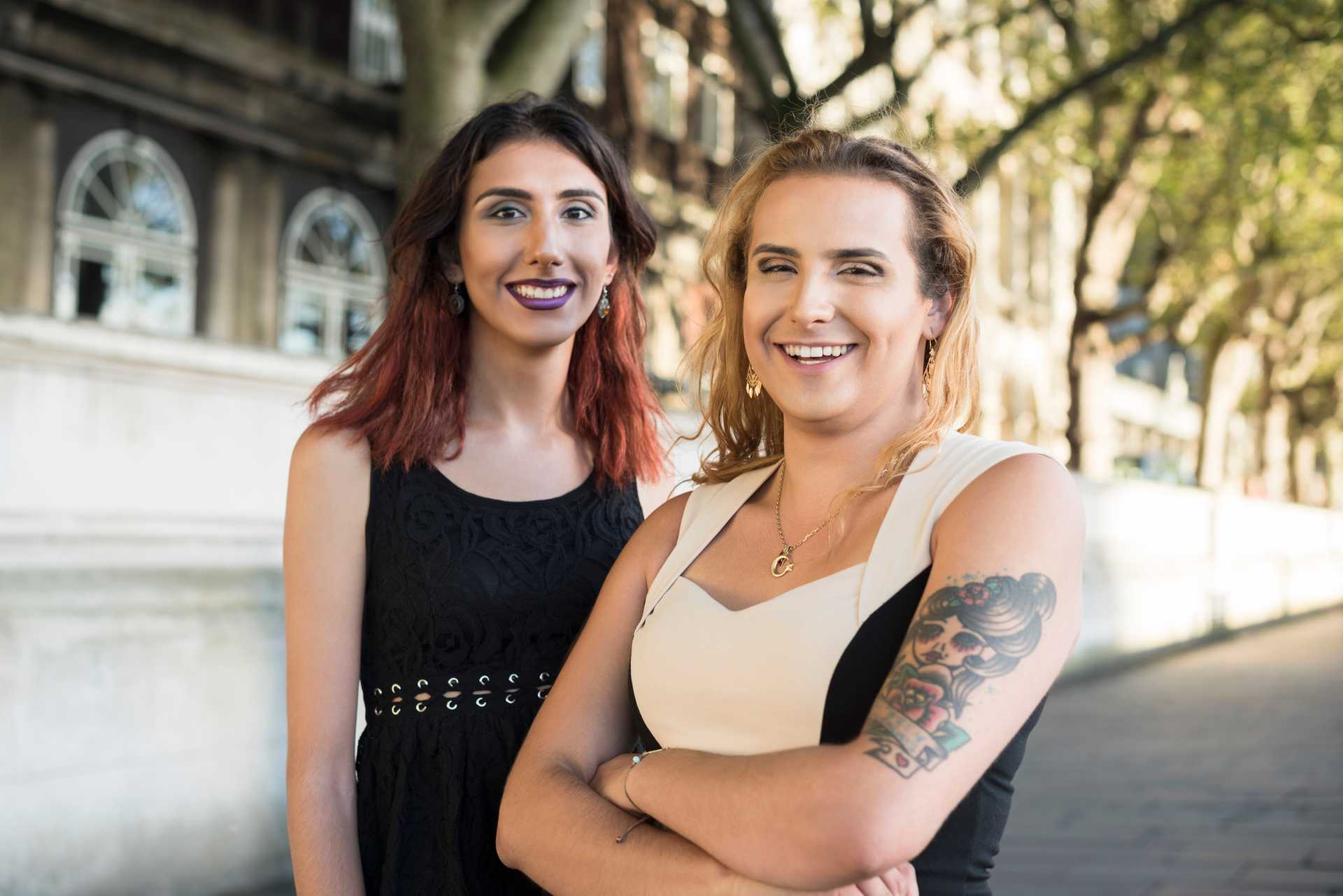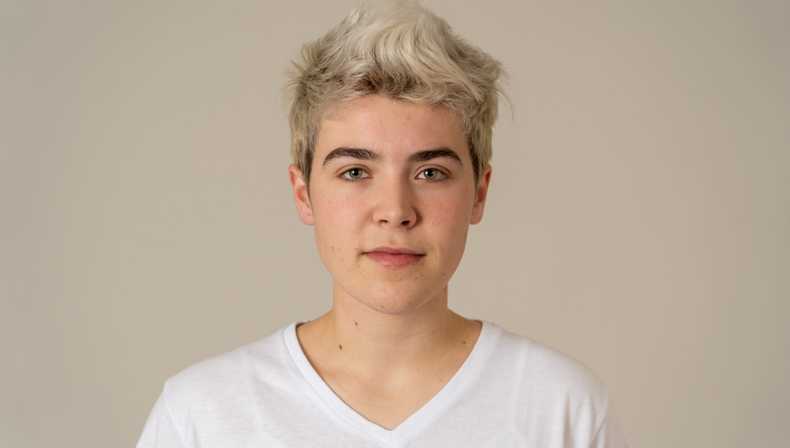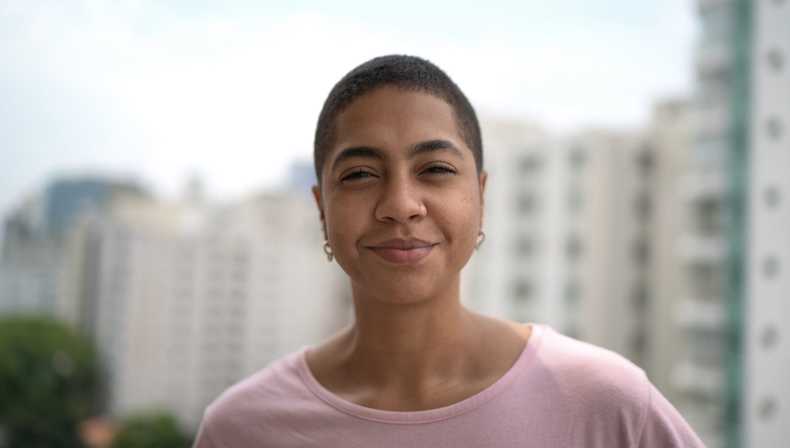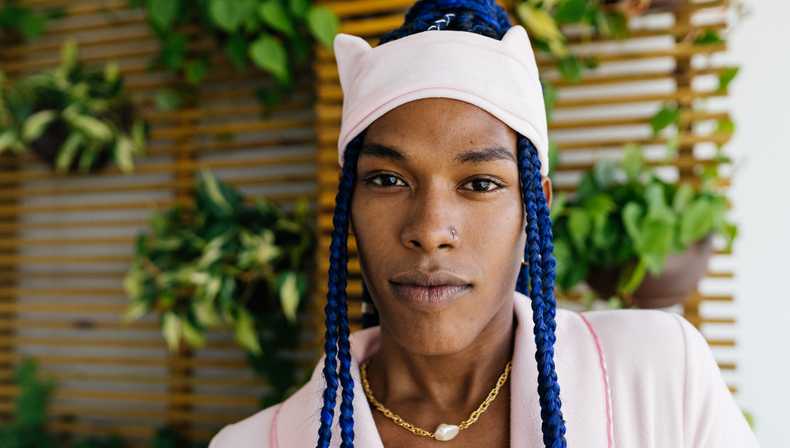Have you experienced a change or suppression practice?
Everyone has the right to live their true, authentic selves, regardless of who they are attracted to or what gender they identify with. It is against the law for someone to try to change or suppress – or make you change or suppress – your sexual orientation or gender identity, even if you ask for help to do so.

Understanding these practices and affirming your identity
Change or suppression (also known as conversion) practices are teachings, counselling, spiritual care activities, or other psychological or medical interventions based on the ideology that there is something wrong with or broken about people with diverse sexualities or gender identities.
It is common for LGBTIQ people to be told that they are broken or damaged because of their sexual orientation or gender identity.
You are not broken or damaged, and you do not need to be fixed.
Some of the false and misleading messages that underline these practices are:
- that it is possible to change someone’s sexual orientation or gender identity – that all humans are born with the potential of developing into heterosexual people and/or having their gender identity reflect their sex assigned at birth
- that being trans or gender diverse, or experiencing same-sex attraction, are disorders, and/or have been halted or stunted due to other factors such as abuse, neglect, or inappropriate parenting dynamics
- that celibacy or healing of ‘sexual brokenness’ should be practised
- that through long-term and consistent devotion in their faith community and the avoidance and suppression of LGBTQ influences, a change in sexual orientation or gender identity is possible.
You may have experienced someone using messages like the above to try to change or suppress your sexual orientation or gender identity. You may only now realise what you experienced were these change or suppression practices. These practices are unlawful, and after reading the information below you may wish to make a report of your experience.
Peer support service Rainbow Door is available to LGBTIQA+ people from all communities, ethnicities, cultural backgrounds and faiths. Switchboard’s people of faith page affirms that for many LGBTIQA+ people, connections to faith, family and communities are deeply important for their sense of identity and belonging. There are LGBTIQA+ people in every faith, and there are LGBTIQA+ people with faith in every culture.
The Sexual Orientation and Gender Identity Change Efforts (SOGICE) survivor statement has further details about types of conversion practices.
Watch our video explainer about the law
This 3-minute video explains that in Victoria, the law bans practices that try to change or hide someone’s sexuality or gender.
There’s nothing wrong with being heterosexual or straight, or with being Lesbian, Gay, Bisexual, Transgender, Queer or Asexual. All of these are perfectly natural.
You can also still be a person of faith – or not, whichever you prefer.
We worked with Knuckles Animation Studio to deliver this impactful animation.
How does the Act define change or suppression practices?
To fall under the Change or Suppression (Conversion) Practices Prohibition Act’s 2021 definition of a change or suppression practice, the conduct must include three elements.
It must be:
- directed at an individual
- because of their sexual orientation or gender identity
- undertaken with the intention to change or induce that person to change or suppress their sexual orientation or gender identity.
Have you experienced these illegal practices?
Conversion practices and experiences vary widely. Practices ultimately aim to change or suppress someone’s sexual orientation or gender identity.
This could be through mixed-orientation marriage, celibacy, or abstinence, as well as not affirming someone’s gender identity or insisting someone does not change their gender.
Further questions
If you are unsure if what you have experienced or witnessed is considered a change or suppression practice, we can have a confidential discussion with you about it.
Call us: 1300 292 153 (weekdays 10am–3pm)
Email us: enquiries@veohrc.vic.gov.au
Real stories of change or suppression practices
‘It was harmful to hear that something that is deeply a part of me had another origin and could be fixed.’
‘My whole existence of being transgender was denied. I was told by other Muslims that I would go to hell after I die.’
‘My doctor’s referral letter said I had a mental illness – that I suffered from attraction to men and that I needed fixing.’
‘I was told that my homosexuality was a sin.’
‘My parents sent me to an overseas live-in program to try to ‘cure’ me from being gay and non-binary.’
Reporting practices
If you feel you have experienced or have been exposed to change or suppression practices, or have witnessed them, you can make a report or contact us to have a confidential chat about this process.
Reports about change or suppression practices can be made to the Commission and may lead to facilitation between those involved, targeted education or further investigation.
Our processes are flexible and trauma-informed, and fair to all involved.
A report identifies a person or an organisation who has allegedly tried to change or suppress an individual’s sexual orientation or gender identity.
A report is made with the intent to:
- show the harm of these practices
- have the story of the person(s) affected heard
- seek an outcome (facilitation, education, or investigation)
- stop these practices from happening.
Anyone can make a report, including the person affected, someone on their behalf or any other person (someone who has overheard or witnessed a change or suppression practice).
Read more about the reporting and facilitation process.
Support services
You can get further help and support by contacting these organisations:



